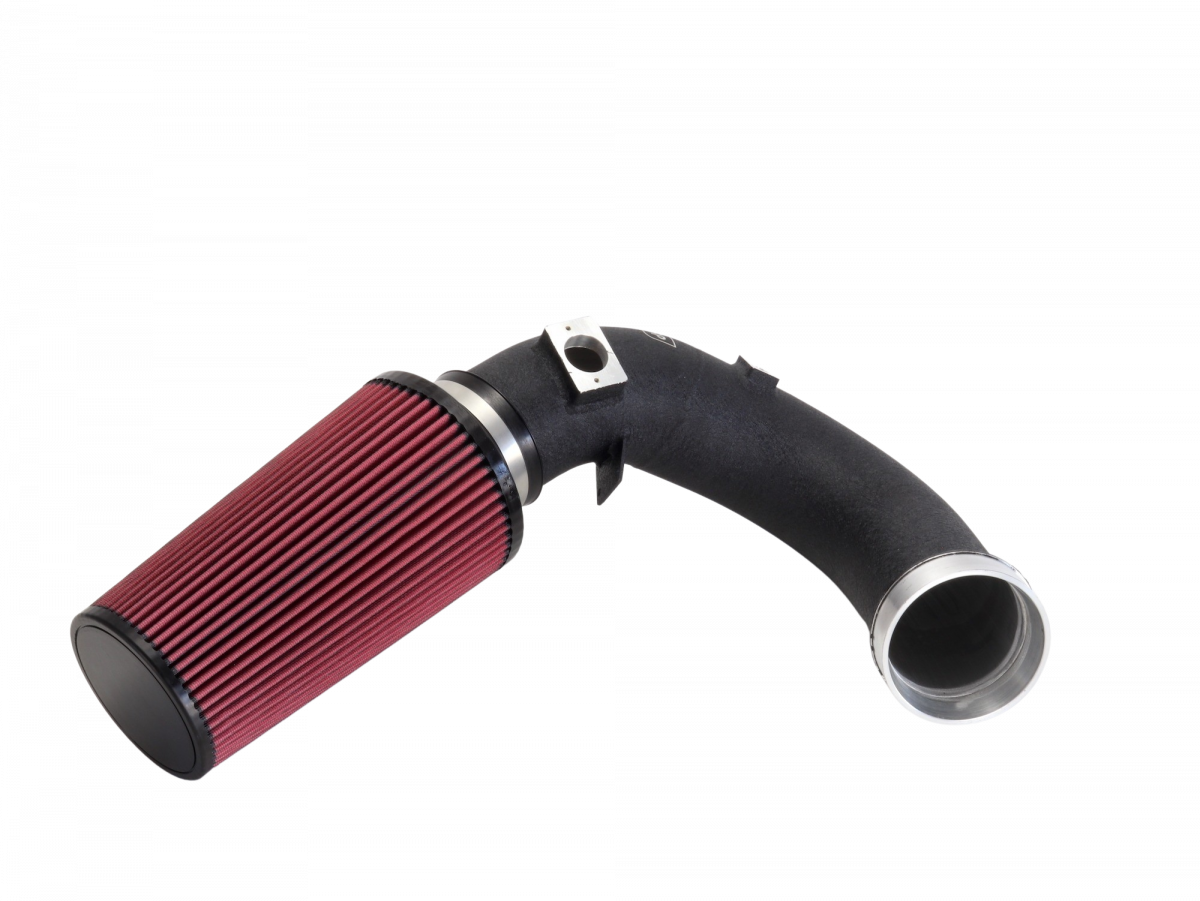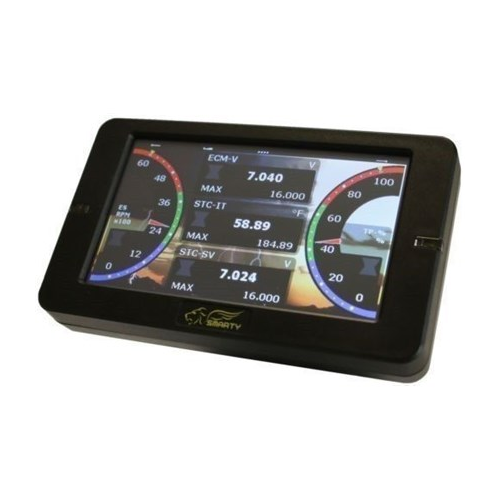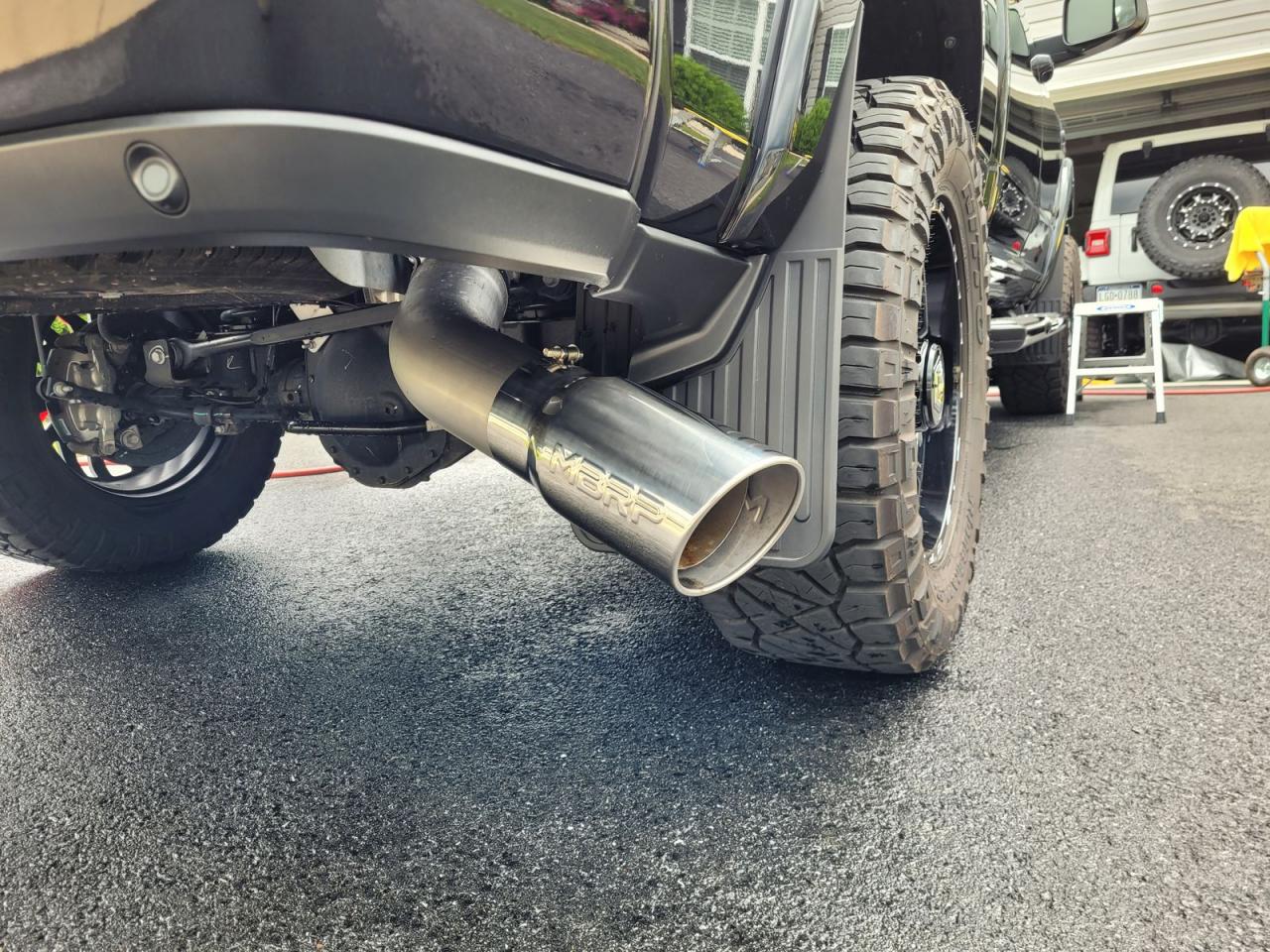6.7 Cummins Upgrades to Improve MPG (Add 5mpg)
With the expensive cost of diesel fuel, maximizing fuel economy on the 6.7 Cummins is as important as ever. Fortunately, there are a few basic modifications that can help you add 3-5mpg for just a few hundred dollars. Additionally, we have some tips and recommendations on things to avoid to help you maximize the fuel economy on your 6.7 Cummins.
We're going to discuss three modifications to improve gas mileage: a cold air intake, tuner, and exhaust. Furthermore, we'll touch on some topics like wheels, tires, and lift kits as recommendations for what not to do to improve mpg.
Upgrades to Improve 6.7 Cummins MPG
- Cold Air Intake
- Tuner/Programmer
- Exhaust
- Wheels & Tires
There are a few other upgrades that can have a positive impact on gas mileage. However, there becomes a certain point where the cost outweighs the improvements. The more money you sink into fuel economy upgrades the longer time it takes for the fuel cost savings to justify the cost of the upgrades - so we're going to focus on the upgrades that make the biggest impact for the lowest cost.
BP Intake Upgrade: 1-2mpg Improvement

Step 1 to fuel economy upgrades is to increase air density. The more dense air is the less fuel that is required to ignite it. Therefore, upgrading the restrictive stock intake on the 6.7 Cummins with a higher flowing performance air intake will lead to better MPG.
With an intake you can expect around one to two miles per gallon better, with the majority of the benefit coming from highway driving. Gains in city driving will be a lot less noticeable so the highway is where you will really see it.
At $299, it only takes about 10,000 miles of driving for our Boosted Performance 6.7 Cummins Intake to pay for itself and start putting money back in your pocket. You'll also get better turbo spool, quicker throttle response, and some moderate power gains all at the same time as getting better gas mileage. It's a big win-win.
Purchase our Boosted Performance 6.7 Cummins Intake (2007.5-2018) & Here for 2019-2024 Models
MADS Smarty Tuner: 2-3mpg Increase

The best fuel gains are going to come from a tuner. The awesome thing is you get both power gains at the same time as better fuel economy. Combining an intake with a tuner is going to be the best way to go to maximize mileage increases you get from both the intake and the tuner.
The sweet spot of the 6.7 Cummins is 55mph to about 70mph. Some live testing has even shown up to 5mpg gains when highway driving with cruise control at 65mph. You are likely only going to experience around 1mpg gains driving in the city, with the best improvements coming at highway speeds.
Overall, a tuner is a must. There are a lot of options to go here but to maximize the cost savings you are going to want to stick with a budget-friendly tuner. Our recommendation is the MADs Smarty Tuner. It's the best plug-and-play handheld tuner for the 6.7 Cummins and a good bit cheaper than going with something like EFI Live.
2013+ models will need the Smarty Touch with the ComMod attachment, coming in at $1,074. Earlier models from 2007.5-2012 are lucky and can opt for the Smarty Jr. which only costs $495.
Exhaust: 0.5mpg

The last power-modification that also provides some mpg improvements is an exhaust system. Now, an exhaust is going to give you the smallest amount of fuel economy improvements, so it's not always necessarily worth it for that alone. However, once you are tuned and running an intake it is good to help the exhaust gases leave the engine more quickly. An exhaust will help lower EGTs and improve reliability so it's worth it for that reason.
If you are purely focused on fuel savings then you can avoid tossing on an exhaust so long as you plan on sticking with modest tuning levels. The best budget exhaust is only about $290 so it's easy to justify adding it for the EGT benefits, but the mild improvements don't quite make it worth it from a cost savings standpoint as it takes a long time to pay for itself.
Wheels & Tires
More of a what not to do - wheels, tires, and lift kits can have a serious impact on gas mileage. Heavier wheels and bigger tires create more roll resistance which results in worse fuel economy. Going bigger and badder here will add a lot of rotational weight. Rotational weight is a lot heavier than static weight so even just adding a few pounds of weight to each wheel can have big impacts on fuel consumption.
Ultimately, avoid bigger tires and heavier wheels if you are really trying to maximize fuel. Additionally, make sure your is always inflated to the recommended specs. Low tire pressure causes more tire to contact the road, using more gas as if you were trying to ride a bike on a flat tire.
Considerations & Payoff Chart
First off, don't expect to see 5mpg increases always. The increases during city driving will be a lot less noticeable and smaller than they will be on the highway. Also, if you're on the highway and going 80+mph then you also aren't likely to see any benefits. Keeping your Cummins in the 55-70mph sweet spot is where you will really get the best fuel economy.
Getting better gas mileage always feels good but it isn't always a great investment. If you're looking for some added power anyway then the improvements are just an added benefit. If you are purely looking for the fuel savings then you need to consider the cost, how much you drive, and whether most of your driving is highway or city.
Here is a helpful breakdown on the payback period on purchasing these upgrades:
| 07.5-2012 | 2013+ | |
| Intake | 299 | 299 |
| Tuner | 495 | 1074 |
| Exhaust | 289 | 289 |
| Cost of Mods | $1,083 | $1,662 |
| Current MPG | 15 | 15 |
| Avg. MPG Increase | 3 | 3 |
| New MPG | 18 | 18 |
| Miles Driven Per Year | 18,000 | 18,000 |
| Gallons Used | 1000 | 1000 |
| Gallons Saved | 200 | 200 |
| Savings @ $4.50/g | $900 | $900 |
| Payback (Years) | 1.2 | 1.8 |
I assumed a consistent 3mpg increase due to a combination of highway and city driving. At 18,000 miles driven per year you are looking at a 1-2 year payback period depending on your 6.7 Cummins year before you are starting to actually save money. Considering most people plan to own their trucks for 5+ years I'd say these are pretty good payback periods, but they won't be if you only drive 8,000 miles per year instead. And they are even better if you do a lot more driving than that.
Ultimately, you can bring the payback period down a bit by foregoing the exhaust system at $289 but these upgrades will give you a good boost in power, lower EGTs, and better turbo efficiency all while leading to fuel savings so it's a win-win in my opinion.


You must login to post comments.